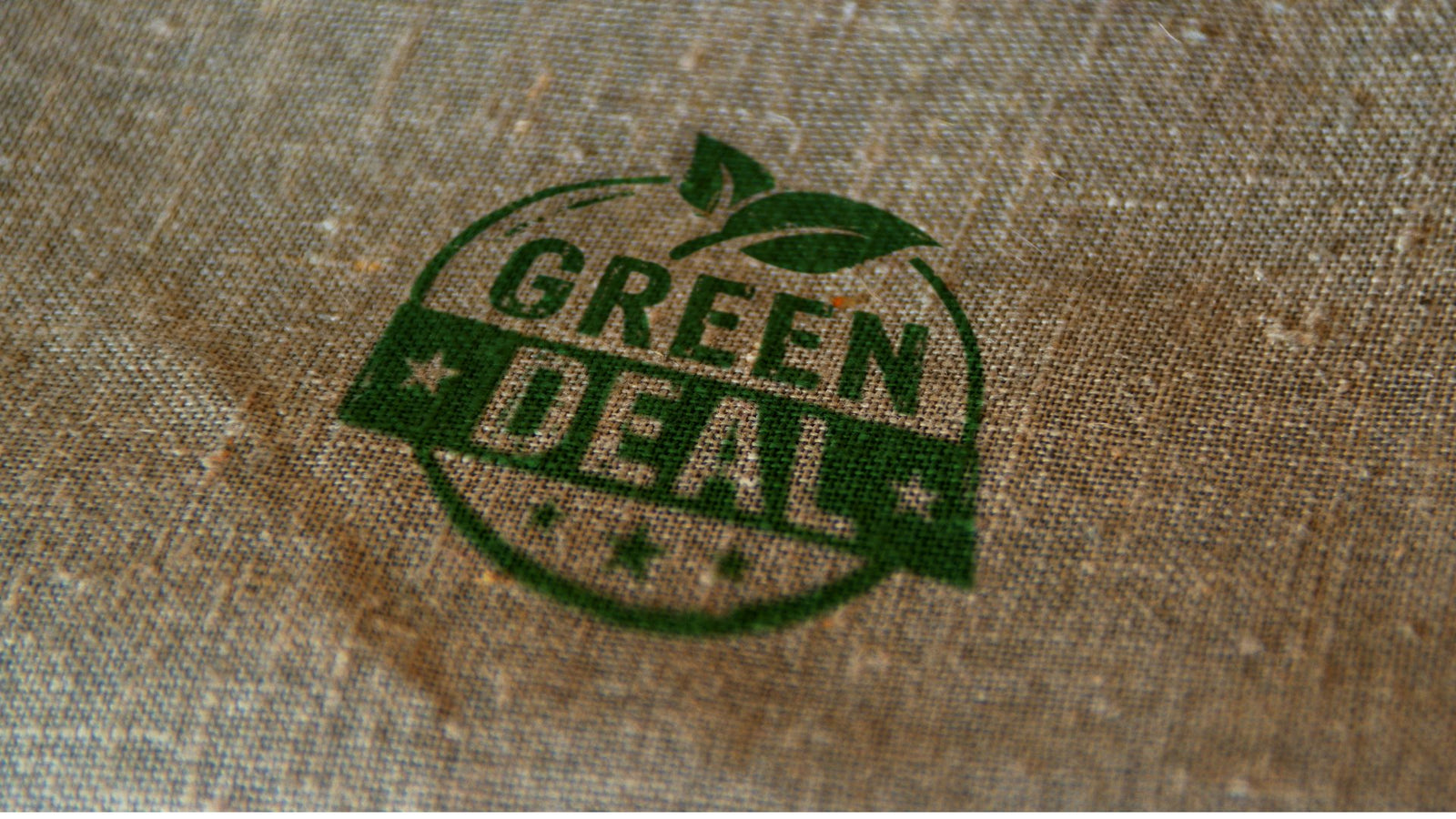
Handmade by Traditional High-Craft Artisans in Jaipur, India
Handmade by Traditional High-Craft Artisans in Jaipur, India
Select From: Peridot, Amethyst, Citrine, Garnet, Tourmaline, Spinel, Iolite, Labradorite & Mixed Gems
Select From: Peridot, Amethyst, Citrine, Garnet, Tourmaline, Spinel, Iolite, Labradorite & Mixed Gems
Te Amo Pillow | Hand Chain Stitch Embroidered
$125.00Moroccan Princess I Hand Embroidered Throw Pillow
$125.00Frida in Paradise Pillow | Hand Embroidered
$125.00Garden in Paradise I Hand Beaded Pillow
$145.00Cubist Woman | Hand Embroidered Pillow
$125.00Flower Crown French Bulldog Pillow | Hand Embroidered
$125.00Flower Collar Dog Pillow | Hand Embroidered
$125.00English Bulldog Pillow I Hand Embroidered
$125.00Sign-up for news and events
We use cookies on our website to give you the best shopping experience. Is that OK with you?

Sign-up for news, offers and introductions of re-imagined handmade products







